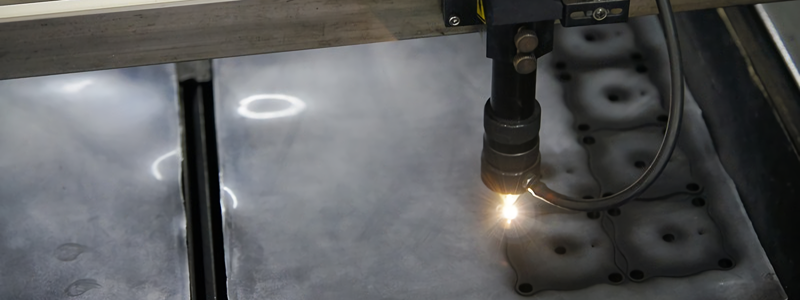Sealing is to prevent leakage, then the principle of valve sealing is from the prevention of leakage study. There are two main factors that cause leakage, one is the most important factor that affects the sealing performance, that is, there is gap between the sealing pair, the other is there is pressure difference between the two sides of the sealing pair. The principle of valve sealing is also analyzed from four aspects: liquid sealing, gas sealing, leakage channel sealing principle and valve sealing pair.
1. Liquid Tightness
The liquid sealing is through the liquid viscosity and surface tension to carry out. When a leaking pipe is filled with gas, surface tension may repel the fluid or introduce it into the pipe. This creates a tangent angle. When the angle of Tangency is less than 90, the liquid will be injected into the pipe, and leakage will occur. Leakage occurs because of the different properties of the medium. Experiments with different media will give different results under the same conditions. Use Water, air, kerosene, etc. . Leakage also occurs when the phase angle is greater than 90. Because it has to do with grease or waxy film on a metal surface. Once the film on these surfaces is dissolved, the properties of the metal surface change, and the repulsive liquid wets the surface and leaks out. In view of the above situation, according to Siméon Denis Poisson formula, can reduce the pipe diameter and medium viscosity, to achieve the goal of preventing leakage or reducing leakage.

2. Gas Tightness
According to Siméon Denis Poisson’s formula, the tightness of a gas is related to the viscosity of the gas molecules and the gas. The leakage is inversely proportional to the length of the pipe and the viscosity of the gas, and directly proportional to the diameter of the pipe and the driving force. When the diameter of the pipe is the same as the average degree of freedom of the gas molecules, the gas molecules will flow into the pipe with free thermal movement. Therefore, when we do the valve sealing test, the media must be sealed with water to play the role of gas can not play the role of sealing. Even if we reduce the diameter of the pipe below the gas molecule by plastic deformation, the gas flow can not be stopped. The reason is that the gas can still be diffused through the metal walls. So when we do the gas test, we have to be more rigorous than the liquid test.
3. Sealing Principle Of The Leak Passage
The valve seal is composed of two parts: Unevenness on the waveform surface and roughness of the distance between the peaks. Under the condition of low elastic strain force of most metal materials in our country, if we want to achieve the sealed state, we need to put forward higher request to the compression force of metal materials, that is, the compression force of materials should exceed its elasticity. Therefore, in the valve design, sealing pair with a certain degree of hardness to match, in the role of pressure, it will produce a certain degree of plastic deformation sealing effect. If the sealing surface is all metal material, then the surface of the bulge will be the earliest, in the initial only need to use a small load can cause these uneven bulge plastic deformation. When the contact surface is enlarged, the surface unevenness will become plastic-elastic deformation. The roughness of the two surfaces in the recess is then present. When a load is applied that causes severe plastic deformation of the underlying material, and the two surfaces are in close contact, the remaining paths are closed along a continuous line and in a circumferential direction.
4. Valve Sealing Pair
The valve seal pair is the part of the seat and closure that closes in contact with each other. Metal Sealing surface in the use of the process, vulnerable to the inclusion of media, media corrosion, wear particles, cavitation and erosion of the damage. Like abrasive particles. If the wear particles than the surface roughness of small, in the sealing surface running-in, the surface accuracy will be improved, and will not be damaged. On the contrary, it will make the surface accuracy worse. Therefore, in the selection of wear particles, it is necessary to consider the material, working conditions, lubrication and corrosion of sealing surface and other factors. As wear particles, when we choose seals, we should consider the performance of various factors, in order to play a leak-proof function. Therefore, materials that are resistant to corrosion, abrasion and erosion must be selected. Otherwise, the lack of any of the requirements, will make its sealing performance greatly reduced.
Post time: Jul-28-2021




